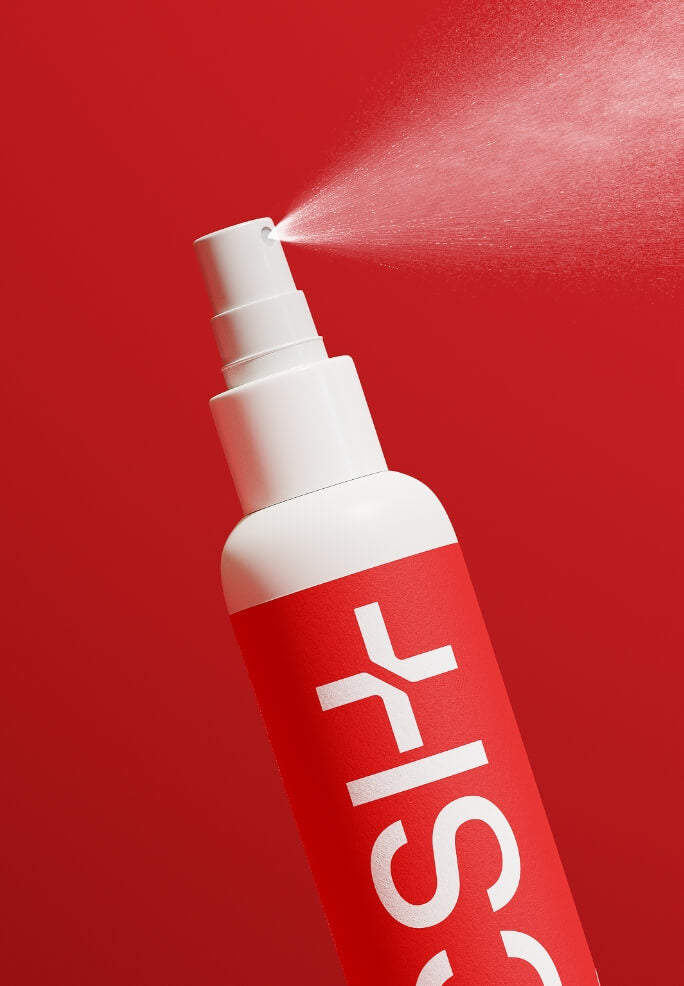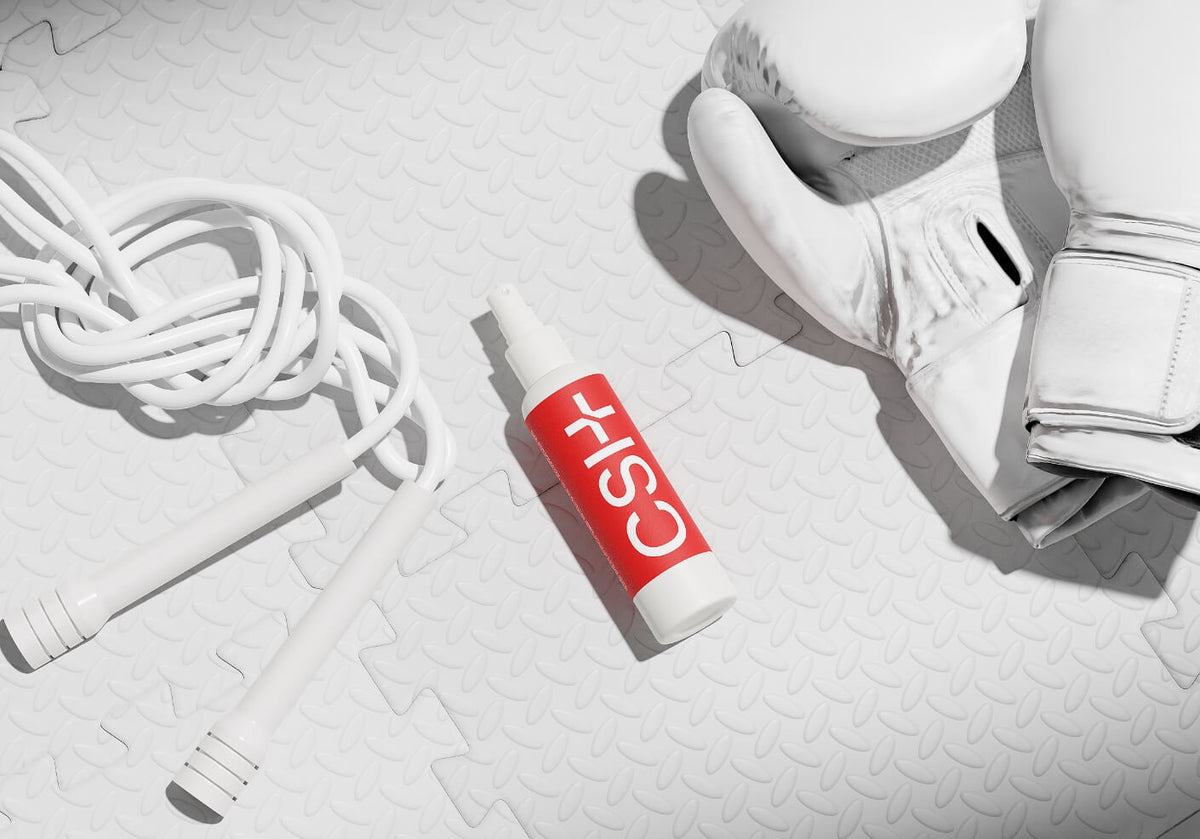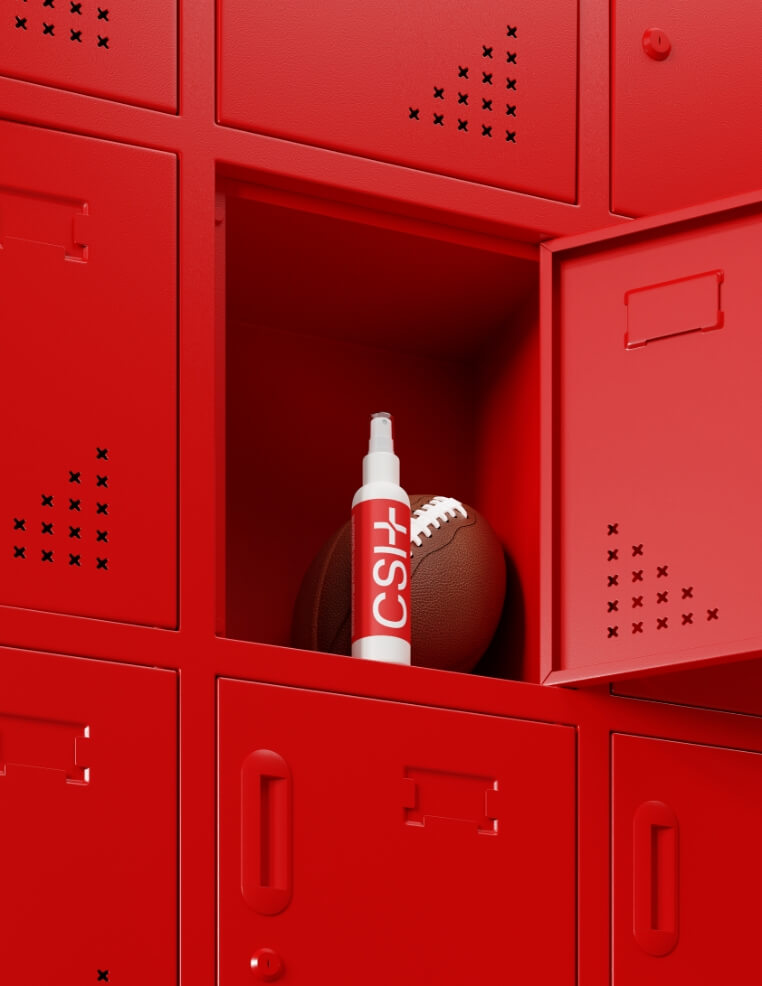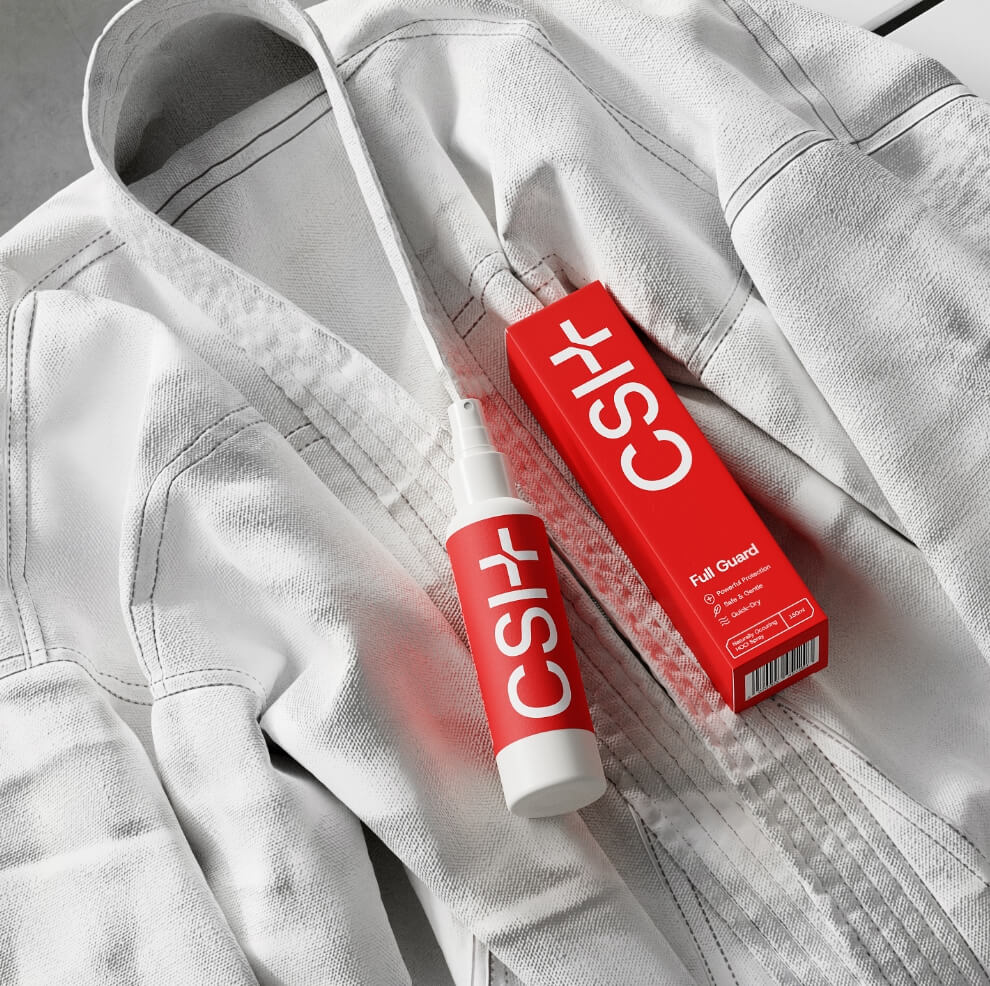Staphylococcus Aureus - Information for Athletes
Staphylococcal Infection Among Athletes – The Ultimate Guide
What It Is
Staphylococcus aureus is a common bacterium that naturally lives on the skin and in the nasal passages of many healthy people without causing harm. However, when the skin is compromised—as often happens in contact sports—this normally harmless microbe can invade the body and cause infection.
In sports like wrestling, rugby, football, mixed martial arts, and other activities involving frequent skin contact and abrasions, S. aureus can lead to serious skin and soft-tissue infections. A particular strain, methicillin-resistant Staphylococcus aureus (MRSA), is especially concerning due to its resistance to many antibiotics.
The risk is heightened by the close-contact environments of gyms and locker rooms, where shared equipment and personal items are common. Athletes and coaches must prioritise hygiene, wound care, and cleanliness to prevent outbreaks. For more hygiene tips, see resources at Combat Sports Hygiene.
What It Looks Like and How to Spot It
Early recognition of a staph infection is crucial to prevent complications and spread. Common signs include:
- Red, tender, swollen areas: Often painful, warm to the touch, and inflamed.
- Pus-filled lesions or boils: Can rupture and release infectious fluid.
- Clustering of lesions: Especially around abrasions on exposed areas like arms, legs, and torso.
- Fever or fatigue: May occur if the infection spreads systemically.
Because symptoms can resemble insect bites or other conditions, it's important to seek professional evaluation. Resources from the CDC and NCBI provide additional clinical visuals and guidance.
What to Do If You Think You Have It
- Self-inspect: Check for painful red bumps or boils, especially near recent cuts or abrasions.
- Clean the area: Gently wash with antibacterial soap and dry with a clean towel.
- Stop contact activity: Avoid training until examined by a medical professional. Notify coaches and staff.
- Seek diagnosis: A healthcare provider may swab the lesion and determine if it's MRSA.
- Avoid sharing items: Immediately stop sharing towels, bottles, or clothing.
Follow-up care and proactive communication are key to preventing spread within teams.
How It Spreads
- Skin-to-skin contact: The primary method of transmission in contact sports.
- Contaminated surfaces: Mats, benches, and equipment can carry the bacteria for extended periods.
- Minor wounds: Cuts and abrasions are common entry points.
- Fomites: Shared gear and uniforms may harbour the bacteria without proper cleaning.
Asymptomatic carriers can unknowingly spread S. aureus. This makes regular cleaning protocols and hygiene education essential. Visit Combat Sports Hygiene for more tips.
Prevention
- Daily personal hygiene: Shower after every session using antibacterial soap. Dry thoroughly.
- Skin checks: Regular self-inspections help catch infections early.
- Wound care: Clean and bandage all cuts promptly with antiseptic.
- Clean equipment: Disinfect mats and gear regularly with suitable products.
- No sharing: Keep towels, water bottles, and clothing personal.
- Education: Teams should be trained on staph prevention and recognition.
Structured prevention policies help reduce infection risk. Downloadable checklists are available via Combat Sports Hygiene.
Treatment Options
-
Antibiotics:
- Topical: Mupirocin for minor infections.
- Oral: For more severe infections—clindamycin, doxycycline, or TMP-SMX for MRSA.
- Abscess drainage: May be required for large boils or lesions.
- Pain relief: Over-the-counter options help manage symptoms.
- Rest: Athletes should pause training until infection is fully managed.
Complete all prescribed treatment—even if symptoms improve—to fully clear the infection. Refer to CDC MRSA guidelines for more details.
Scientific Information
Staphylococcus aureus is a gram-positive bacterium found in about 30% of people. Though often harmless, it can cause serious infections when given the opportunity—especially in high-contact environments like combat sports.
Recent studies highlight its resistance mechanisms (including biofilm formation and immune evasion), reinforcing the importance of hygiene and early intervention. Educational initiatives and robust disinfection routines are key for athlete safety.
Explore further reading on NCBI or CDC platforms for the latest clinical research.
Conclusion
Staph infections, particularly MRSA, pose a serious threat in contact sports due to the nature of close physical interaction and frequent skin injuries. By understanding the risks, recognising symptoms, and implementing comprehensive hygiene protocols, athletes and coaches can significantly reduce infection rates.
Promoting awareness, maintaining clean facilities, and responding quickly to suspected infections will help protect team health and performance. Visit Combat Sports Hygiene for full guides and resources.



